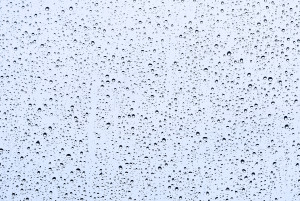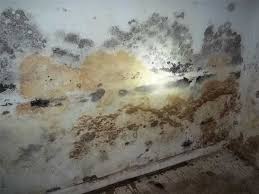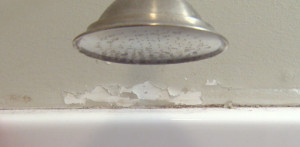Mold and Humidity
Moist, damp air is the ideal environment for mold growth. Many of the most common allergy triggers, especially dust mites, mold, and mildew, thrive in humid environments. Whether you live in a humid climate, or you just have a living space that tends to have elevated relative humidity levels, you may be suffering from these issues and should be using a dehumidifier. The EPA recommends keeping indoor relative humidity levels below 50% to prevent mold growth. A dehumidifier can help remove the excess moisture in the air and prevent mold from growing.
Keeping humidity levels at an acceptable level can be difficult when faced with these challenges:
The time of year – During the summer, hot and humid air can cause the moisture content in the inside air to rise. In the winter, warm moist indoor air meeting up with cold outdoor air causes condensation to form on windows.
winter, warm moist indoor air meeting up with cold outdoor air causes condensation to form on windows.
The location of the house or building – Buildings situated in low lying areas and near bodies of water can suffer from high humidity levels due to the higher water table. They can also be subject to high ground water run-off causing damp basement conditions.
The weather – Several days of rain and high humidity levels make a favorable environment for indoor moisture to rise, which could trigger mold growth.
The “tightness” of the building – While newer houses and commercial buildings are more energy efficient and less expensive to heat and cool, it can prevent the proper amount of air exchange to occur. This causes higher indoor moisture levels. A common symptom of a building that is too tight is condensation forming on window glass. Construction methods that keep heated and cooled air inside also trap moisture inside.
Location within a building –Basements and crawl spaces are often more damp than the rest of the house. Humidity levels can rise to unacceptable levels, creating ideal conditions for mold growth. Attics can also have high humidity levels especially if there is an air conditioning unit located within the attic. Improper ventilation within attics can cause excess moisture to accumulate and promote mold growth.
A dehumidifier can remove the excess moisture in the air and prevent mold growth.
There are several benefits to installing a dehumidifier.
- It reduces indoor humidity levels which helps prevent mold growth and numerous health issues associated with mold.
- Introducing a dehumidifier will allow you and your family to breathe cleaner, much healthier air
- Dehumidifiers make your home or work place less hospitable to allergens such as dust mites
- If you suffer from allergies or asthma then the presence of excessive moisture and the development of indoor air pollutants will make your condition much worse and could even be the cause of it
- A dehumidifier also lowers energy costs because it helps your air conditioner run more efficiently. When the air in your home is more humid, the A/C must do the function of cooling the air and removing moisture, which means it has to work harder
- Dehumidifiers reduce irritation to your skin and your respiratory system, allowing you to breathe easier and feel comfortable in your home
- A drier building will inhibit small insects and other pests from thriving inside a building
 While installing a dehumidifier is an important step in reducing moisture levels, if the underlying cause is a construction issue, that issue should be addressed and corrected, otherwise the humidity problem will persist. Without finding the cause, the humidity and moisture levels will only be controlled as long as there is a de-humidifier in operation. Controlling humidity levels and moisture is vital as mold can grow in as little as 24 to 48 hours and left unchecked, can cause destruction to your home and affect the health of your family. To learn more about how mold can affect your health read our page on Mold and Your Health. If you live in Southeastern Pennsylvania and are concerned about a potential mold problem see our Mold Treatment page to learn how Environmental Mold Solutions can help you.
While installing a dehumidifier is an important step in reducing moisture levels, if the underlying cause is a construction issue, that issue should be addressed and corrected, otherwise the humidity problem will persist. Without finding the cause, the humidity and moisture levels will only be controlled as long as there is a de-humidifier in operation. Controlling humidity levels and moisture is vital as mold can grow in as little as 24 to 48 hours and left unchecked, can cause destruction to your home and affect the health of your family. To learn more about how mold can affect your health read our page on Mold and Your Health. If you live in Southeastern Pennsylvania and are concerned about a potential mold problem see our Mold Treatment page to learn how Environmental Mold Solutions can help you.

